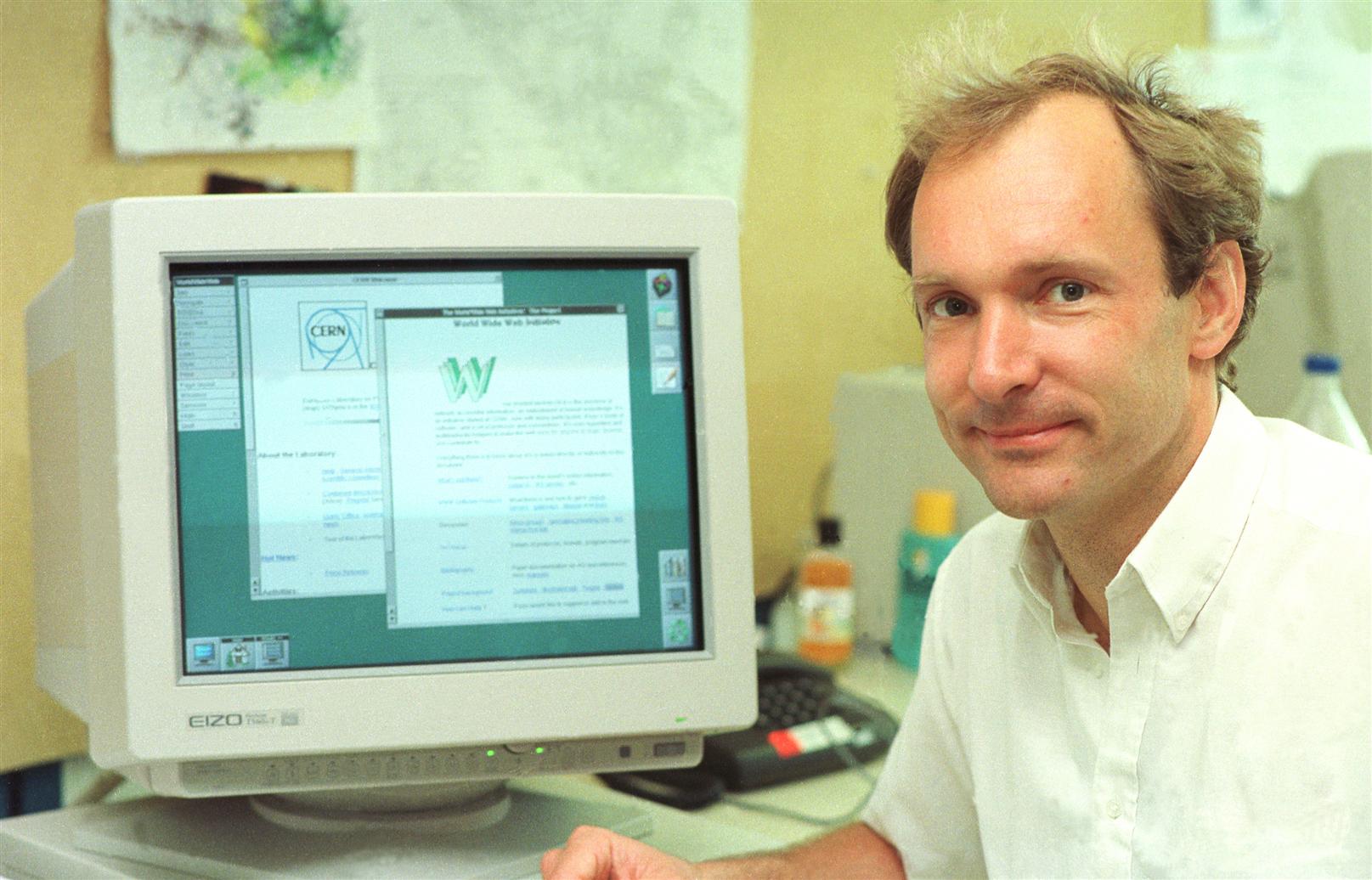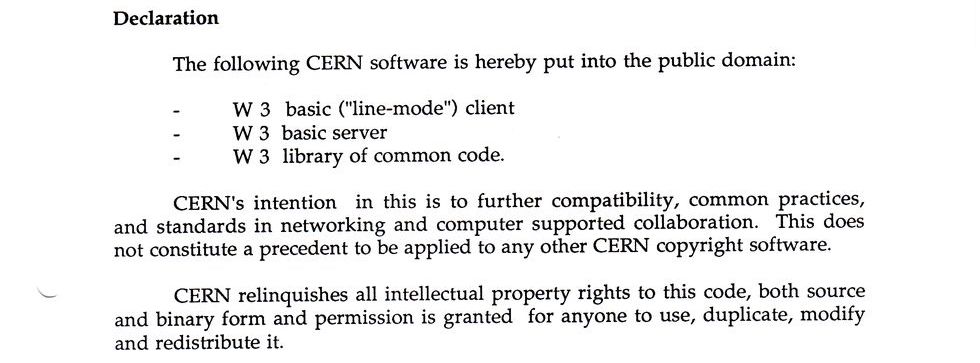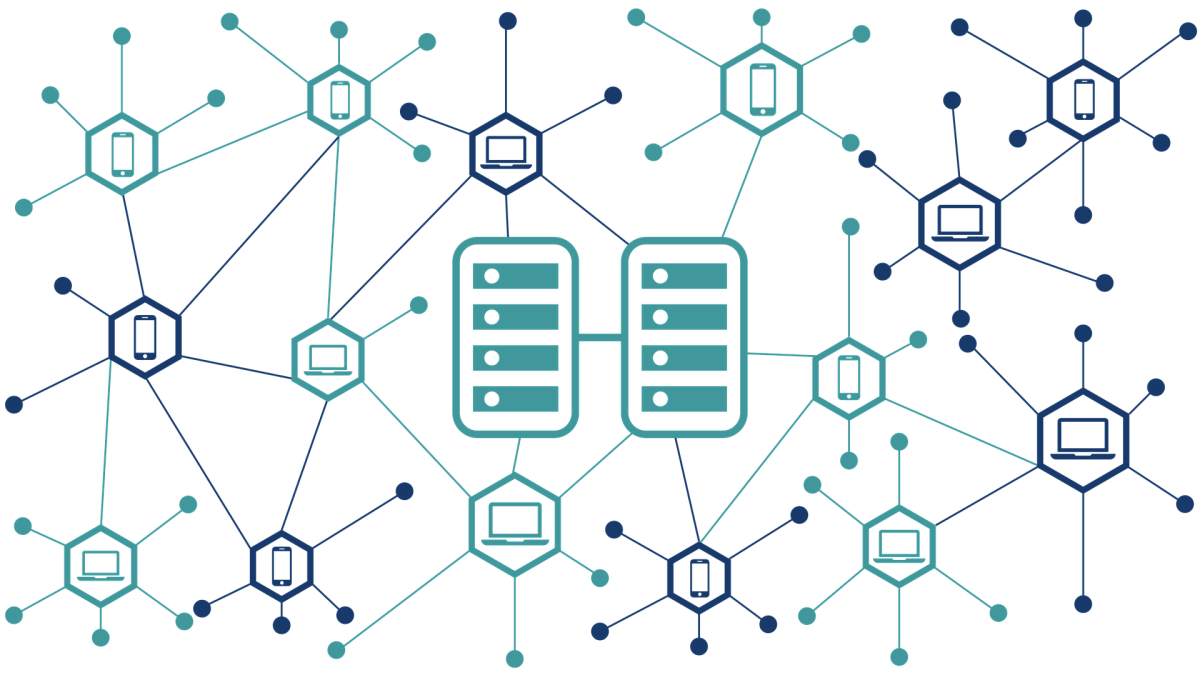1989
Finished first proposal of the World Wide Web
1993
Released the code of the World Wide Web
1994
Became director of World Wide Web Consortium
2009
Became director of Web Science Trust and World Wide Web Fundaiton
2013
Awarded the Queen Elizabath Prize of Engineering
2016
Awarded the ACM A.M. Turing Prize
Tim Berners-Lee is a English computer scientist best known for the invention of World Wide Web in 1989. Currently, Tim Berners-Lee a professor of Engineering School and Department of Electrical Engineering and Computer Science at the Massachusetts Institute
of Technology (MIT), where he co-leads a Decentralized Information Group (DIG). He is also a professor in the Computer Science Department at the University of Oxford. He is the president of Open Data Institute in London.
(World Wide Web Consortium, 2022)
What is World Wide Web
In 1989, Tim Berners-Lee invented the World Wide Web (WWW), an Internet-based hypermedia initiative for global information sharing. In 1990, he wrote the first web client and server. The web technologies including URLs, HTTP and HTML were refined from
his specifications.
(Internet Hall of Fame, 2012)
World Wide Web (WWW) can be referred to a web of information connected by hyperlinks, which is based upon the Internet, a linked network of computers. WWW enables people to access information on Web pages and navigate through them with domain instead of through requesting access to a machine’s directory or email for a file to be sent. (CERN, 2012)
With an “information space” established for sharing ideas, knowledge, communicating and collaborating, science development including that of the Computer Science were facilitated.
World Wide Web (WWW) can be referred to a web of information connected by hyperlinks, which is based upon the Internet, a linked network of computers. WWW enables people to access information on Web pages and navigate through them with domain instead of through requesting access to a machine’s directory or email for a file to be sent. (CERN, 2012)
With an “information space” established for sharing ideas, knowledge, communicating and collaborating, science development including that of the Computer Science were facilitated.
Invention of the World Wide Web
Berners-Lee was working at the Europe Organization for Nuclear Research (CERN) in 1989, an international extensive scientists community. He was intended to meet the demand for automated information-sharing between the scientists using the Internet at
that time, a version used by the U.S. government since the 1960s.
Although Internet existed at that time, no one has thought of linking one document directly to another like what the Hypertext does. (Google Culter & Arts, 2022) Berners-Lee wrote his first and second proposal for the WWW in 1989 and 1990 respectively, which outlined the principal concepts and defined terms behind the Web. (Berners-Lee, 1989)
Although Internet existed at that time, no one has thought of linking one document directly to another like what the Hypertext does. (Google Culter & Arts, 2022) Berners-Lee wrote his first and second proposal for the WWW in 1989 and 1990 respectively, which outlined the principal concepts and defined terms behind the Web. (Berners-Lee, 1989)
Source code release
After the proposal of WWW, there are certain user groups attempted to monopolize the Web as a commercial product in 1993.
(Fischetti, 2013) In order to achieve the primary goal of the Web
as a ubiquitous and open communications platform, Berners-Lee and CERN decided to release the code of the Web and agreed to allow anybody to use the Web protocol and code free of charge.
(Berners-Lee, 2000) They believe that the software development of the web by Web enthusiasts over the world
would always faster than any company which tried to control the Web or earn the payment of usage. After that, the Web continued to grow at near-exponential rates.
(Carnegie Mellon University, no date)
Decentralized Web
“The web is critical not merely to the digital revolution but to our continued prosperity - and even our liberty. Like democracy itself, it need defending”
(Berners-Lee, 2010) Ever since the release of the WWW, Berners-Lee has been trying to guard his invention
from deviating from its principals. He thinks that the egalitarian principles are of paramount importance for the people making the Web a powerful and ubiquitous tool.
Berners-Lee has been aware of the issues such as information walling by large social-networking sites, traffic controlling by wireless Internet providers, monitoring people’s online habits and endangering human rights by totalitarian and democratic governments. (Berners-Lee, 2010) He was trying to put these trends on checked in order to avoid the Web being broken into fragmented islands and defending the freedom of net citizens from being snooped on, filtered, censored and disconnected.
Berners-Lee has been aware of the issues such as information walling by large social-networking sites, traffic controlling by wireless Internet providers, monitoring people’s online habits and endangering human rights by totalitarian and democratic governments. (Berners-Lee, 2010) He was trying to put these trends on checked in order to avoid the Web being broken into fragmented islands and defending the freedom of net citizens from being snooped on, filtered, censored and disconnected.



